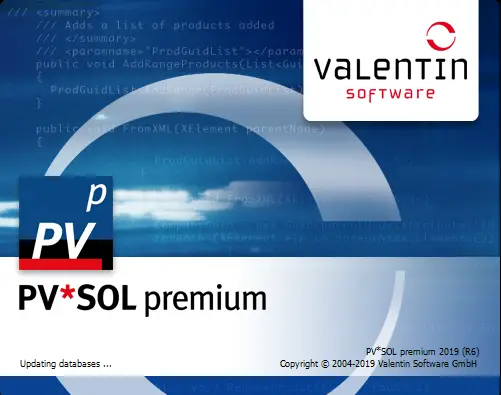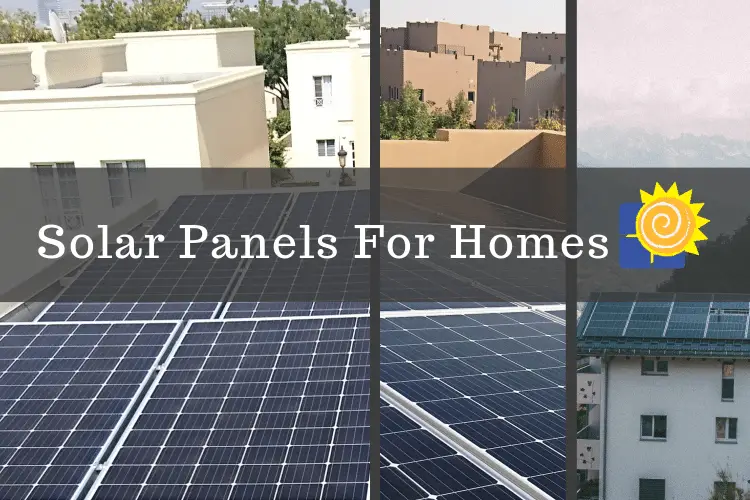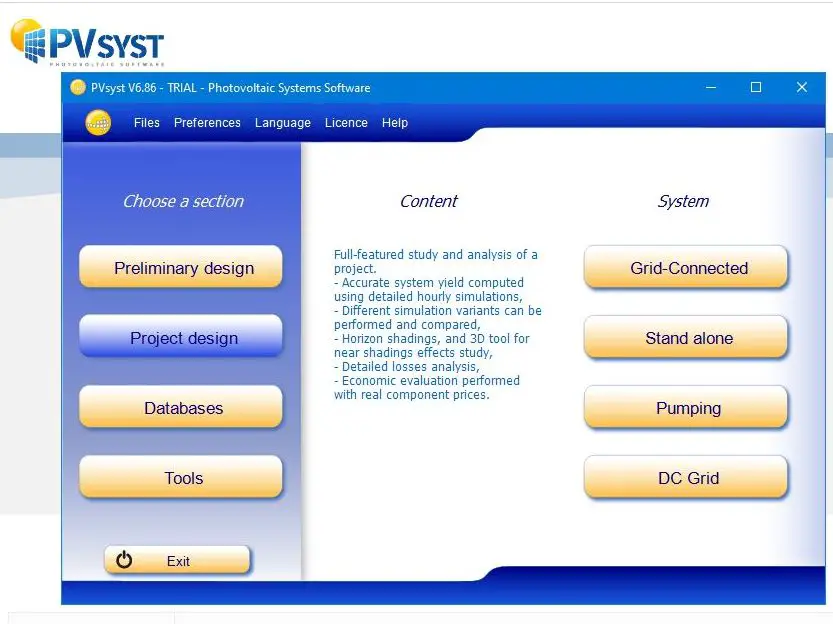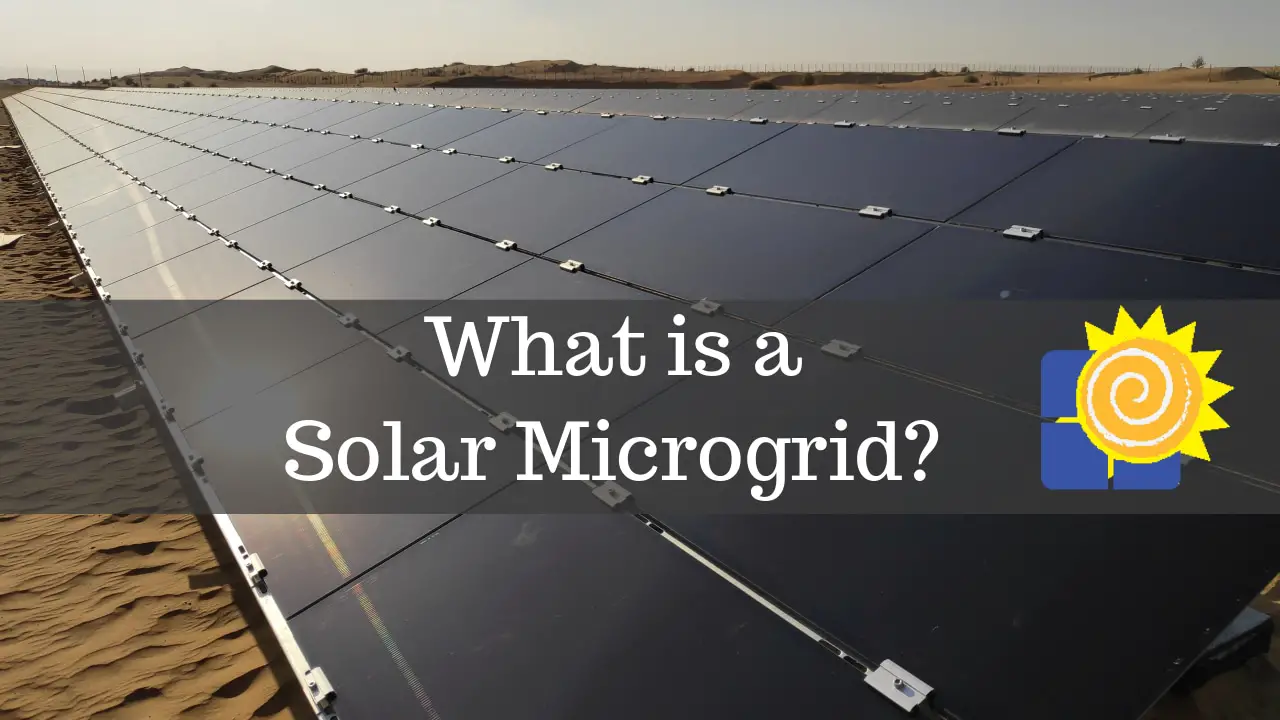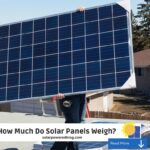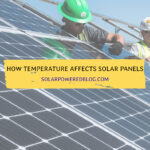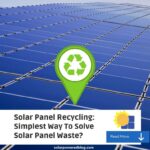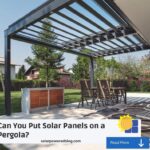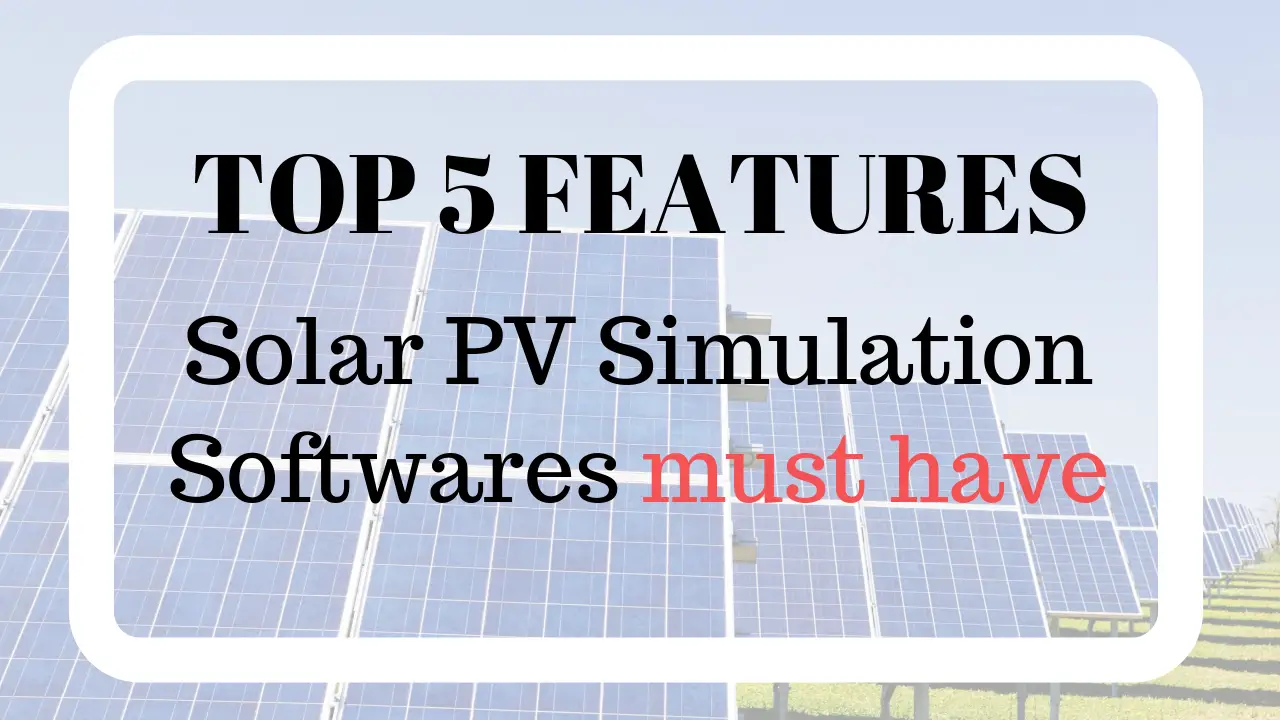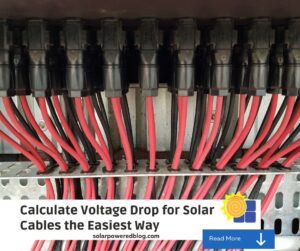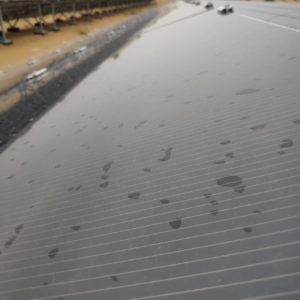Solar PV technology is becoming more popular nowadays. One of the main reasons is that it is a renewable source of energy and infinitely abundant in nature. It sparks great interest to a lot of people, so, let us expound more about it in this article.
What is solar PV?
The term solar PV (solar photovoltaic) refers to the technology that produces electricity from sunlight (solar radiation) using semiconductors. Nowadays, it becomes popularly known as “solar cell”, which makes up a solar PV panel.
When sun rays (photon) hit the surface of the solar PV cell, they excite electron charges within semiconductor. The event makes the electrons move from one place to another in one direction. This causes direct current (DC) to flow through the conductors within the solar PV panel. When enough current is flowing from the solar , solar energy will be able to power homes, offices and other industries.
Generally speaking, a solar photovoltaic (PV) cell utilizes semiconductors deployed in a rectangular or square-shaped surface. Each PV cell has a set of positive and negative terminals. When they are interconnected with each other in one module, it becomes a solar panel.
Facts about solar cell history
The history of solar photovoltaic (PV) technology dates back in 1839. This was when the French physicist Edmond Becquerel built the first photovoltaic cell in his father’s laboratory. (Source)
In the 1950s, solar cells became available in niche markets. Then, it slowly became more popular as it was applied for off-grid use. Here is a brief background of the solar PV cell history.
| Year | Solar PV Cell Background History |
| 1839 | Photovoltaic effect was discovered by Becquerel. |
| 1870s | Hertz developed solid selenium PV (2%). |
| 1905 | Photoelectric effect was explained by A. Einstein. |
| 1930s | Light meters for photography commonly employed cells of copper oxide or selenium. |
| 1954 | Bell Laboratories developed the first crystalline silicon cell (4%). |
| 1958 | PV cells were used on the space satellite U.S. Vanguard (better than expected). |
| Mid 1970s | World energy crisis – millions were spent in research and development of cheaper more efficient solar cells. |
| 1976 | First amorphous silicon cell was developed by Wronski and Carlson. |
| 1980’s | Steady progress towards higher efficiency and many new types were introduced. |
| 1990’s | Started the large scale production of solar cells of more than 10% efficiency with the following materials: Ga-As and other III-V’s, CuInSe2 and CdTe, TiO2 Dye-sensitized Crystalline, Polycrystalline, and Amorphous Silicon. |
As of the year 2020, the prices of solar PV cells are continuously dropping as more research and development are being focused on by various institutions. This technology has become more mainstream. Thanks to the exponentially declining costs of solar panels, there has been a significant increase in solar power system installations. As a result, more and more people are opting for solar energy as an alternative power source.
What is a PV cell made of?
A PV cell can be manufactured from different semiconductors. Silicon is the most common material for this application. However, other materials are also undergoing some testing processes to convert solar energy into electricity. The list includes the following materials:
- Monocrystalline Silicon.
- Polycrystalline Silicon.
- Gallium Arsenide (GaAs).
- Amorphous Silicon.
- Cadmium Telluride (CdTe).
- Copper Indium Gallium Selenide (CIGS).
![]()
What is a semiconductor?
A semiconductor is a material that has an electrical conductivity level around the middle of the scale of a metal and an insulator. Its conductivity varies depending on the temperature and presence of impurities.
PV Cell Semiconductor Characteristics
Inside a PV cell, the semiconductor will depend on the intensity of sunlight to allow the flow of electron charges. As sun rays hit the cell, the specially treated semiconductor material inside it increases its conductivity. If an electrical load is connected, electron charges flow into the circuit which produces an electric current.
What are the types of PV cells?
There are 3 common types of PV cells in the market nowadays. Each has their own unique characteristics and attributes in terms of form factor, efficiency and other things. As a summary, you can simply refer to the list presented below.
- Monocrystalline Solar Cells (Mono-SI)
- Polycrystalline Solar Cells (p-Si)
- Thin-Film: Amorphous Silicon Solar Cells(A-SI)
Monocrystalline Solar Cells

Commonly known as mono PV cells, these are made using monocrystalline silicon. It has an average output efficiency of 20%. The high efficiency rate makes it popular in commercial and industrial use. This is because, it can produce high amount of power in compact areas like rooftops.
On the downside of it, it is more expensive compared to other types of PV cells.
Polycrystalline Solar Cells

Poly cells are manufactured using polycrystalline silicon. Polysilicon is made up of crystallites, which basically small crystalls. This gives a metal flake effect to the material as you may notice in an actual polysillicon PV cell. It has a lower price bracket in the market compared to mono cells. This can also be commonly found on system installations for residential and commercial premises. It has a decent average efficiency rate, which is around 15%.
The disadvantage, however, is its higher sensitivity to high temperatures. Its output power is becomes less than that of the mono cell when exposed to hot weather. Also, its space efficiency is less and you will need more room if you want a high capacity system.
Thin-Film Solar Cells

Mostly used in desert areas, thin film solar cells are usually made up of Amorphous Silicon(A-SI). Among the other common types, it has the lowest efficiency rate which sits at 7-10%. It usually comes in a glass-to-glass package so it can be heavier as well. The positive side for this type is that, it performs very well even on high temperature environment.
Thin-film solar cells are also less affected with dust formation because of it does not require metal frames like the other types. It is good be install this type of solar cells on a wide and open area as it needs large space in order to have a decent capacity of a solar system.
How do solar PV cells work?
Solar PV cells work mainly on the photovoltaic effect. Now, what is photovoltaic effect?
The photovoltaic effect is the phenomenon that takes place during the conversion of sunlight into electricity within the solar PV cell. This is a combination of physical and chemical phenomena which happens when the semiconductors inside a PV cell are exposed to sunlight. Thus, PV cells capitalize on this natural development to produce electrical energy from sunlight.
Each photon from sun rays carries a certain amount of energy. When it hits the semiconductor material, it forms an ‘electron pair hole’. This knocks loose electron charges inside the PV cell. As a result, electrons flowing into the circuit produce electricity in a unidirectional manner. Thus, creating the direct current or DC.
Facts about solar PV panels, strings and arrays
As we know, the solar cell is the core part of the solar panel. This means, each individual solar panel consists tiny solar cells which are connected in series and in parallel. The number of solar cells determines the total capacity of the solar panel itself.
Solar panels can come in different forms and sizes. The more solar cells, the higher the capacity of the solar panel is. The efficiency of the solar cells also determines the efficiency of the PV module. A solar module usually have 60 or 72 cells. However, there manufacturers who are producing from 12-cell up to 144-cell solar panels nowadays.
When you connect solar panels together in series, you will have a solar PV string. It is basically composed of up to 20 solar modules where the positive connector of one panel is connected to the negative connector of the next one. When you design solar PV systems, determining the number of modules in each string is very important.
Now, when you connect multiple strings in parallel to each other, it will then be called a solar PV array. The capacity of the PV arrays depend on the number of strings and panels in each PV string. However, their sizes needs to be carefully designed according to the limits of the solar inverter inputs.
What is a solar PV system?
The basic form of a solar PV system can be easily found on a common electronic device like a calculator. It uses a small thin film type of solar cell that silently charges the calculator’s battery or directly supply power to the device.

In a larger scale, a solar PV system can also be a network of electrical devices connected together to power homes, farms, industrial plants or even cities. It is usually composed of the following:
- Solar modules.
- Inverters.
- Solar DC cables.
- AC cables.
- Energy meters.
- AC breakers.
- DC switches.
- Battery banks or energy storage systems.
- Solar charge controllers, and others.
This has become very popular since a lot of people now want to save money, be sustainable and be environment-friendly. There are lots of benefits a solar PV system can offer. Aside from lowering your monthly electric bills, it also promotes the use of renewable energy.
More videos about how solar cells work



